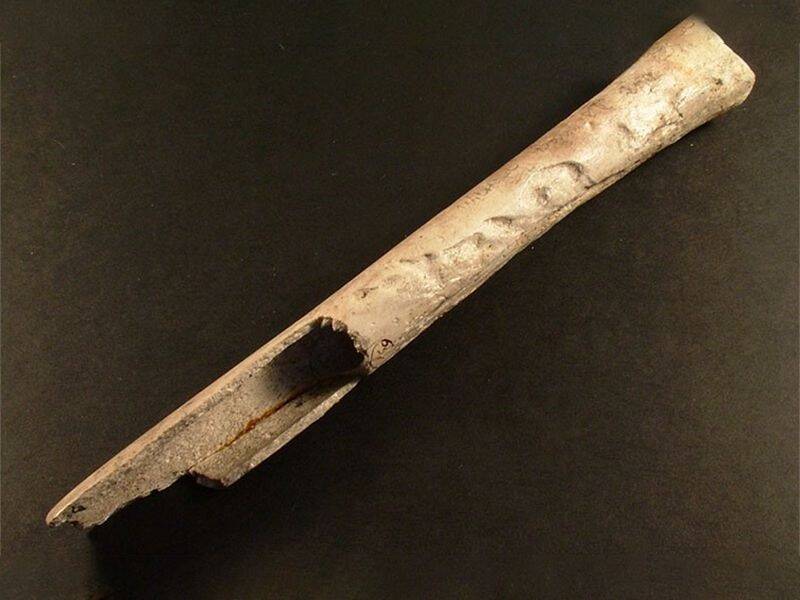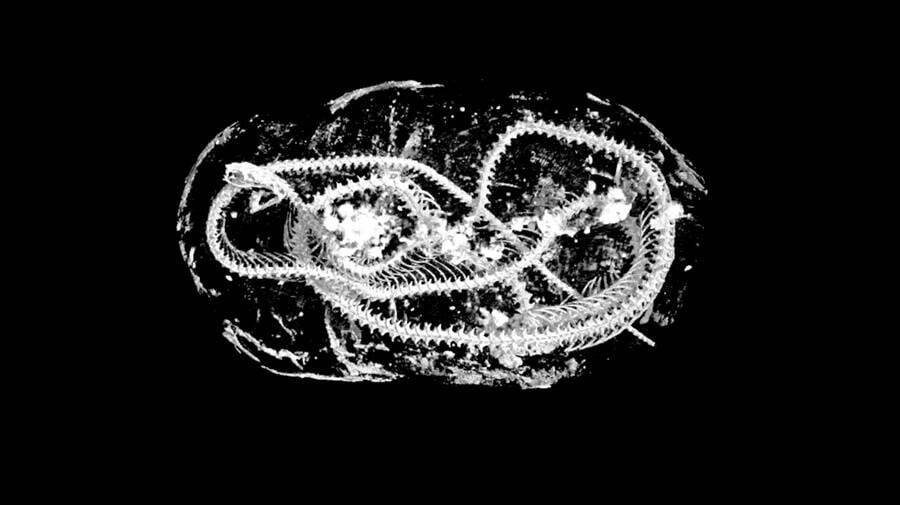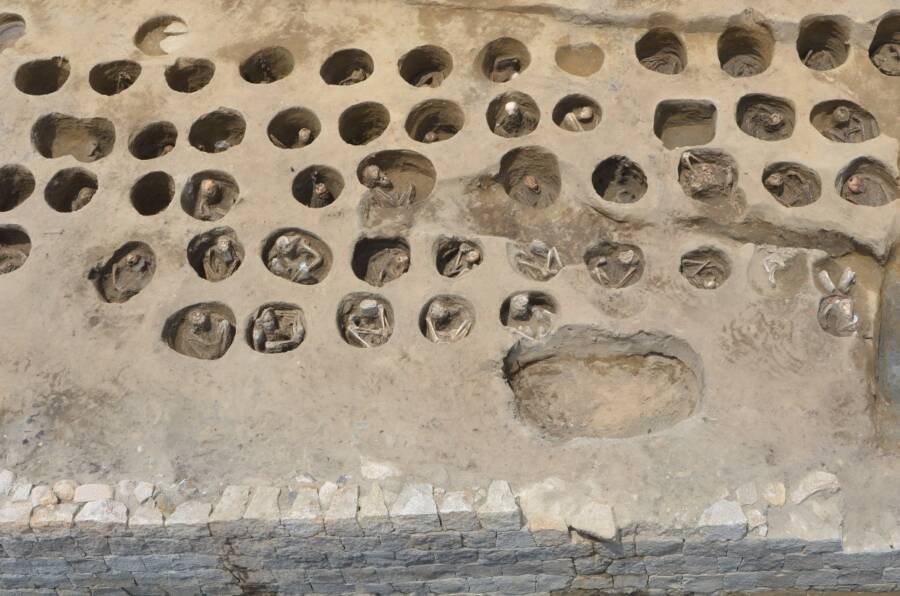Bronze Age British keepsakes made of human bone unearthed, violent secrets of ancient Egyptians' animal sacrifices revealed, centuries-old mass burial ground in Japan uncovered.
Bronze Age Britons Harvested The Bones Of Their Loved Ones And Turned Them Into Keepsakes

Wiltshire MuseumA 3,700-year-old musical instrument found near Stonehenge that had been carved from a human thigh bone.
Researchers in England have unearthed countless artifacts revealing that Bronze Age Britons used their loved ones’ bones to make amulets, ornaments, and even musical instruments. When a loved one died, the family would leave the body out to “de-flesh,” then harvest the bones and hand them down for several centuries, even passing them around the community so that they could be turned into all manner of keepsakes.
As researcher Tom Booth put it, “They treated and interacted with the dead in ways which are inconceivably macabre to us today.”
Read more here.
Ancient Egyptians Violently Sacrificed Kittens And Cobras Before Mummifying Them

Swansea UniversityMicro CT scan of a mummified Egyptian cobra dating back 2,000 years.
A team of researchers from the University of Swansea in Wales dissected the remains of 2,000-year-old mummified animals from Ancient Egypt. The examination was carried out without desecrating the artifacts via advanced high-resolution 3D digital scanning, resulting in a “digital unwrapping” of the ancient remains.
Examining their embalmed remains has given researchers a bevy of insight into how the animals may have lived and died so long ago.
Dig deeper in this report.
Japanese Burial Ground Unearthed With Over 1,500 Bodies Dating Back To The Edo Period

Osaka City Cultural Properties AssociationOne part of the cemetery held multiple bodies in each pit, while the other had people buried in wooden coffins or in urns after cremation.
Archaeologists in Osaka, Japan have unearthed a historic cemetery containing more than 1,500 bodies. The vast burial ground dates back to the Edo period between 1603 and 1867.
“The remains excavated, including human bones, are currently in the process of being sorted and analyzed,” said city officials. “In addition to humans, animals are also buried in the cemetery, with more than four piglets in the northern part of the cemetery and two horses in the southern part.”
See more here.





